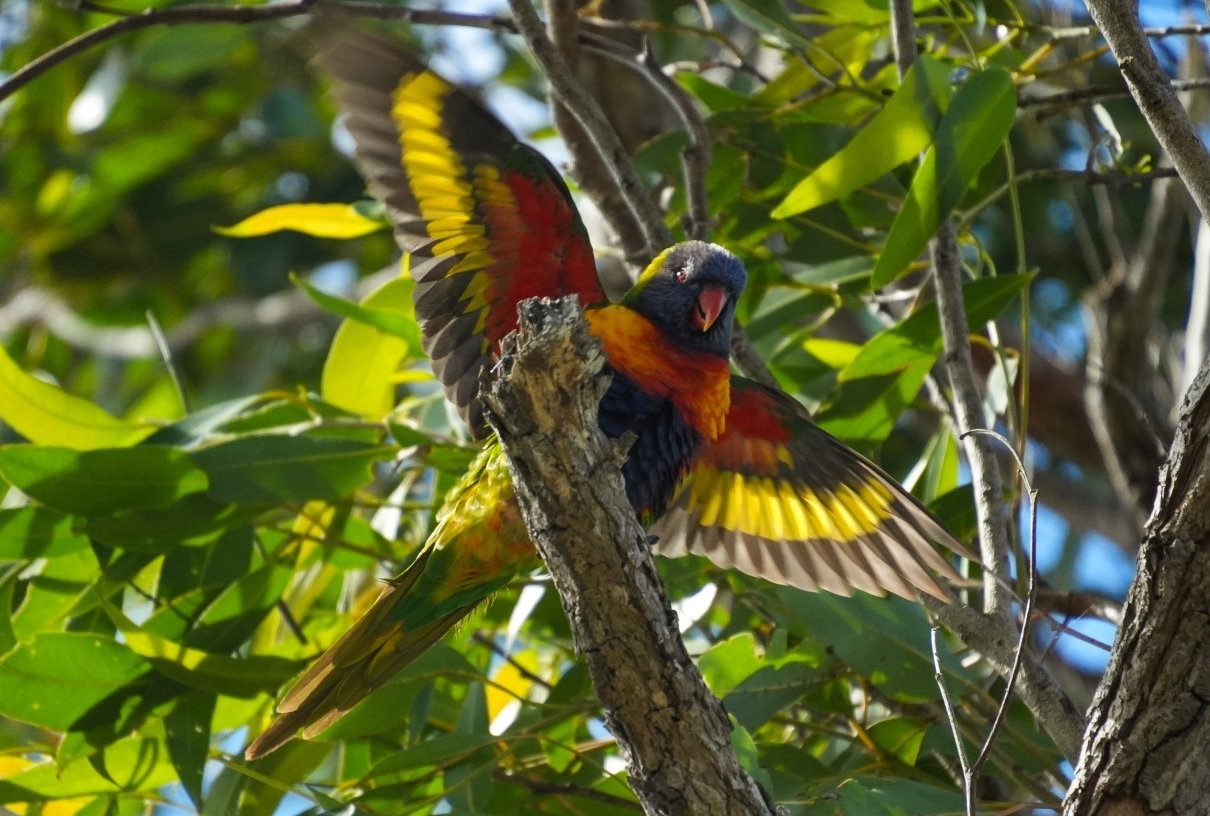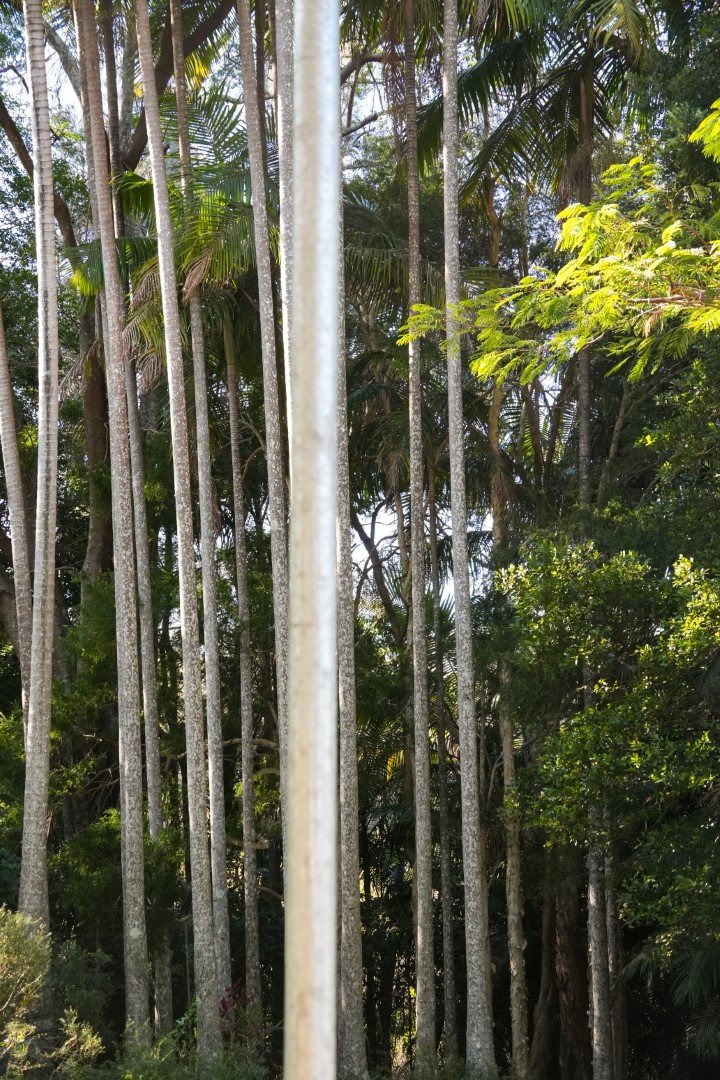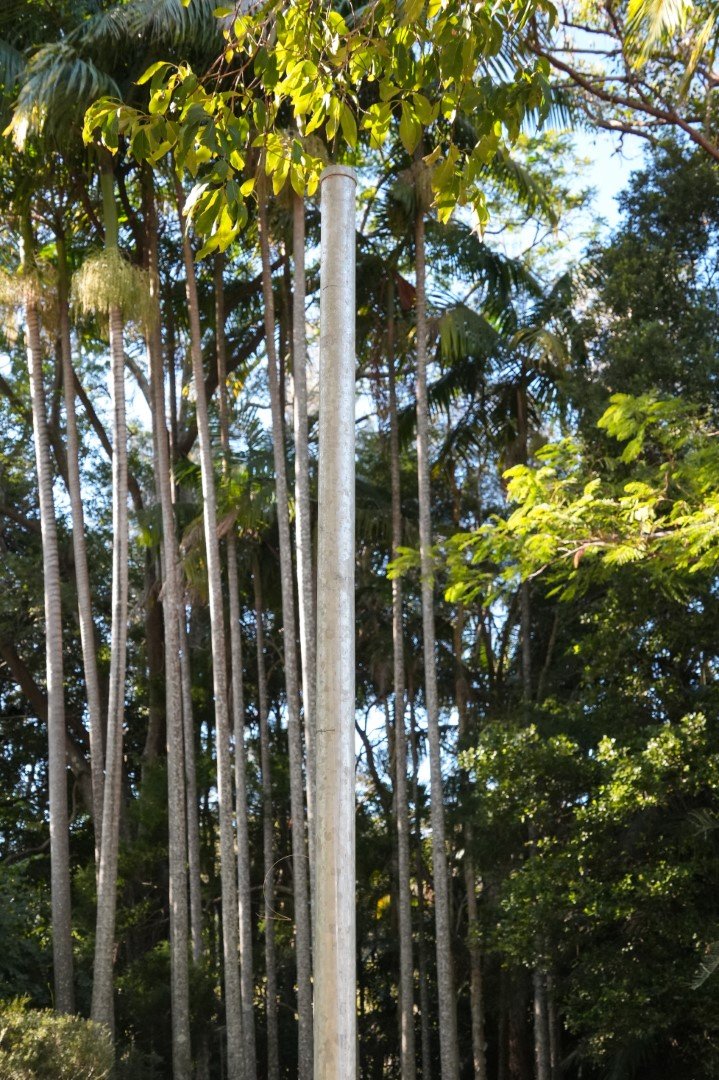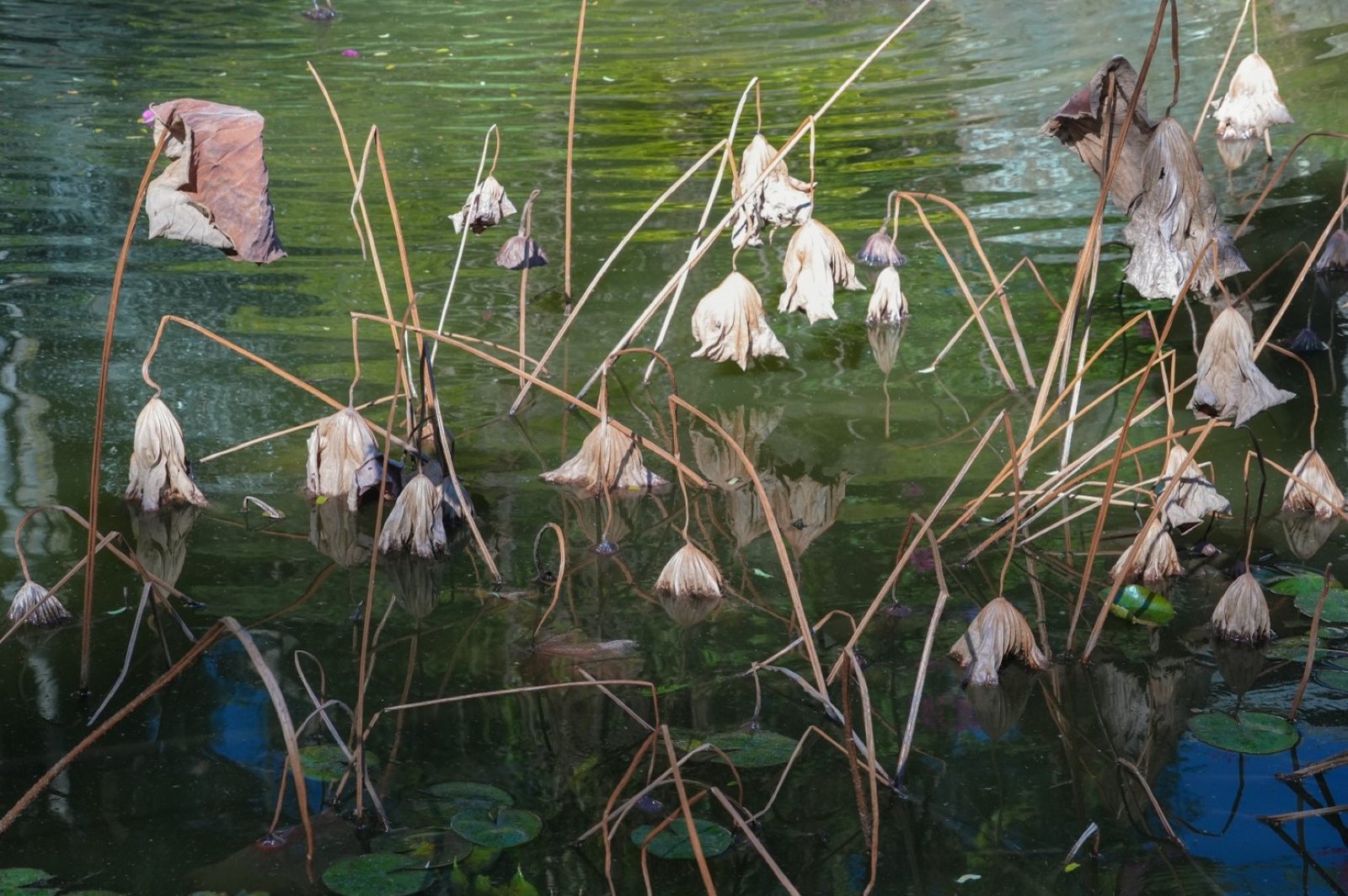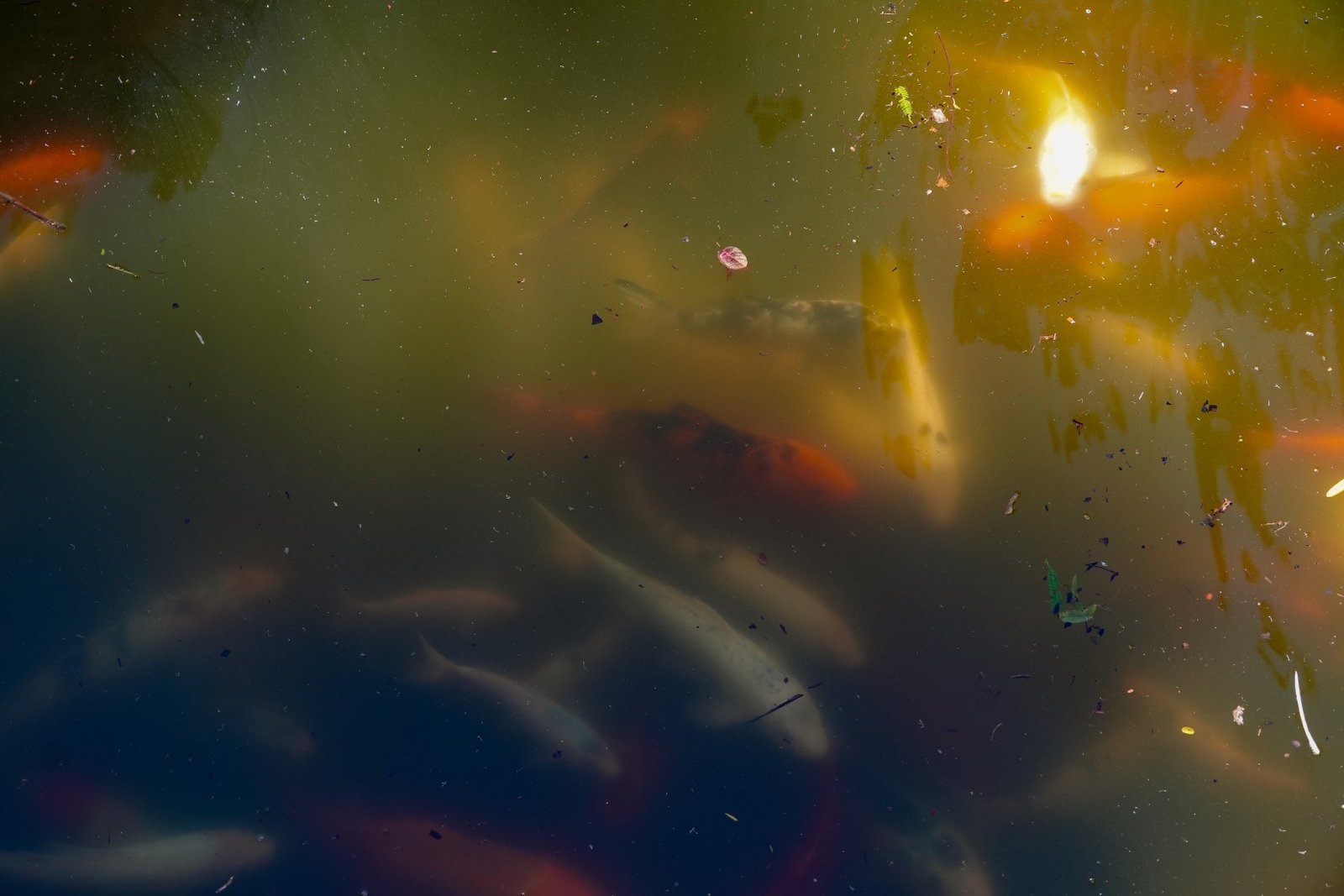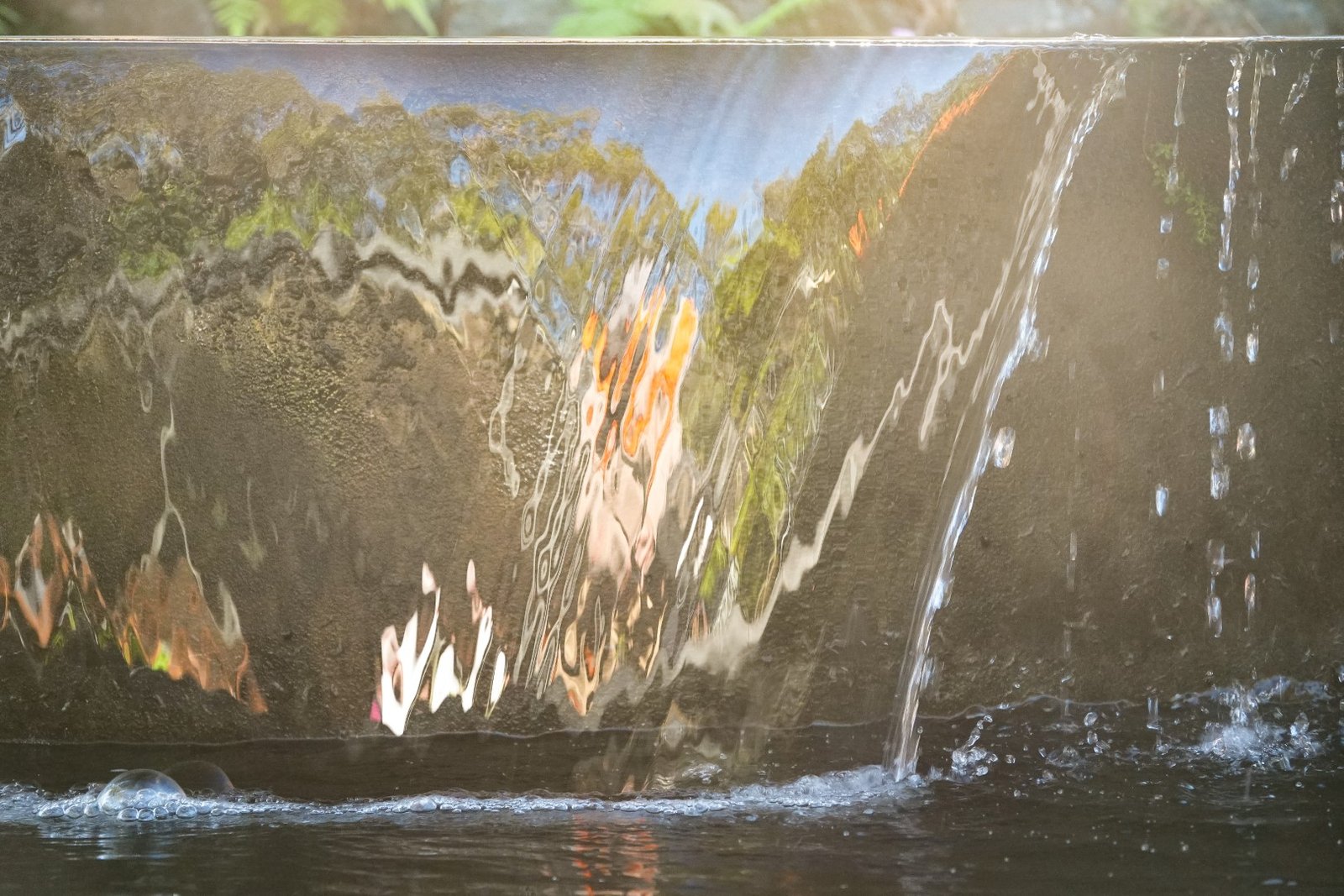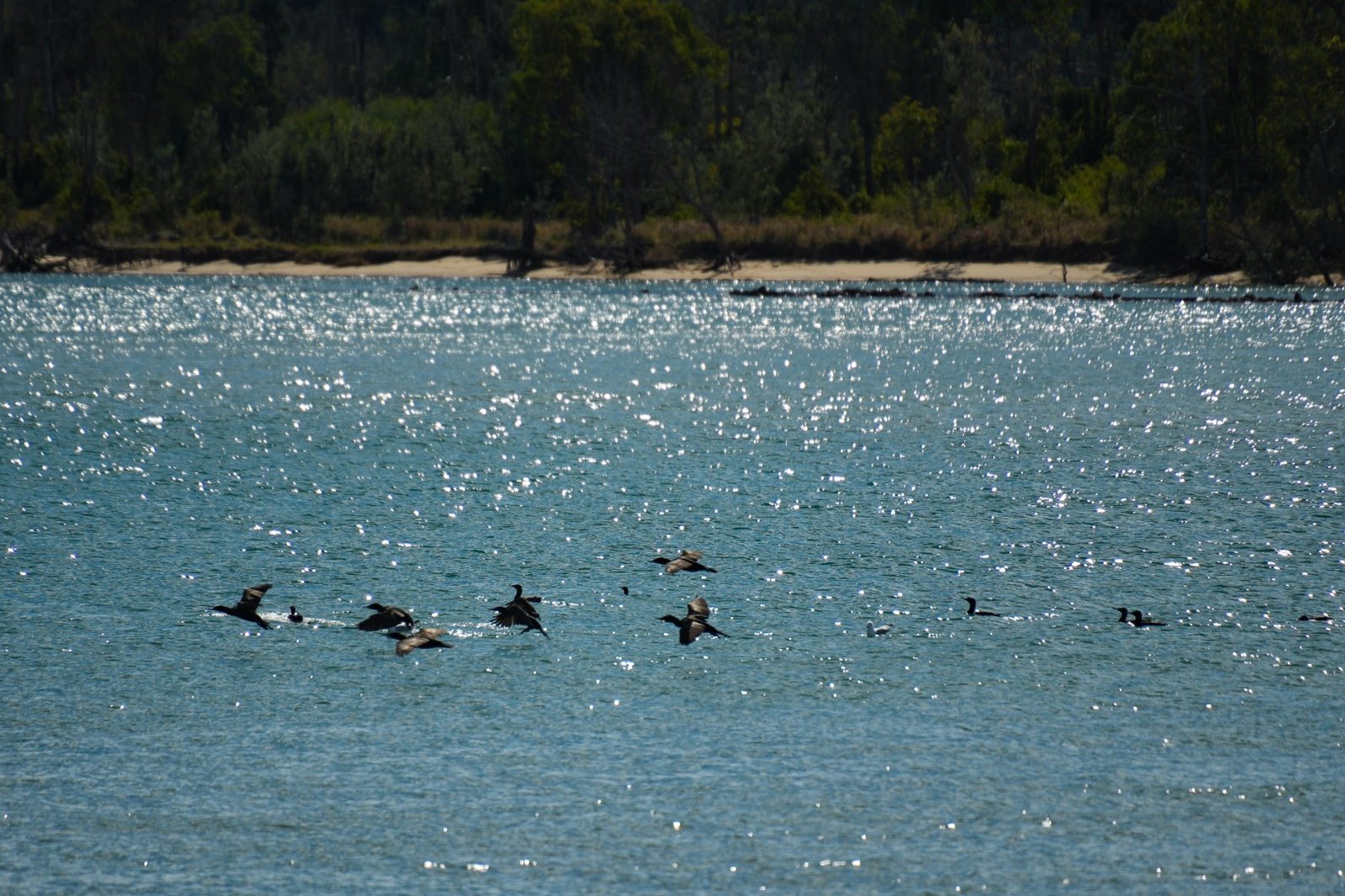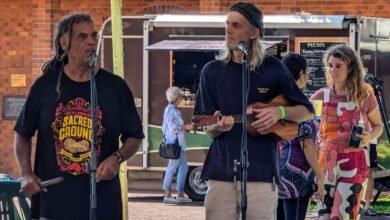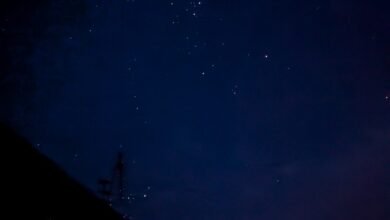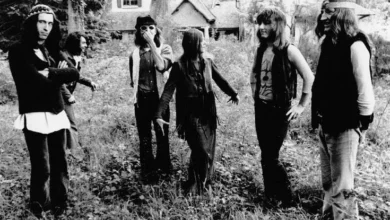‘People are always looking for a sign.’ [i]
Coffs Botanic Gardens
You can’t get more natural than a tree (leaving aside clones, selective breeding and plastic Xmas trees), but the stand of palms behind a mineral shaft do look unnatural, like an elaborate dysfunctional short fence.
The pole is a natural product of rock, fire and human ingenuity. We now take care on judging what is natural or unnatural – especially our relationship to the range of antonyms: artificial, supernatural, synthetic, affected, processed, cultural, commodified, inauthentic, nurtured.
The zoologist Aubrey Manning stated, ‘I’ve ended up with an absolutist position that everything is natural . . . Human beings are one end point in the process of natural selection. An AK47 rifle, a Pentium processor, a Mozart piano concerto – these are all natural.’[ii]
In which case, this dichotomy is of no help in answering any questions about how we should live in relation to other species on the planet, and Gaia itself, her habitats and ecosystems and landscapes.
Natural ways of living, of killing dinner, preceded metallurgy and monotheism, butchers and soldiers, shopkeepers and tax inspectors. We are trapped in a web of relations dominated by capitalist forces, so have to choose paths of lesser evil. Choice involves cognition, knowing what is happening in your environment, local and global, and affect, what you understand through emotion, mood and atmosphere. And most importantly love – a feeling -experiencing affection and care.
Love guides our relations to other people but also the natural world. Poets often talk of their practice as barely conscious, but there’s plenty of room for conscious creativity, and from that conscious action emerges.[iii]
Artists and writers have a role in helping us love natural environments. Love will bring forth care. Gary Snyder (2006) said, ‘Above all, we need human beings who love the world.’ He later added, ‘Poetry is to help people love the world.’ [iv]
The path from the car park leads straight into the kingdom of flowers and trees. What sign could usefully have been attached to this dead straight pole, planted just outside the entrance. Directions to the defunct bower just metres away? The snaking creek? The bird-hide? (under repair). The Tao?
The natural way
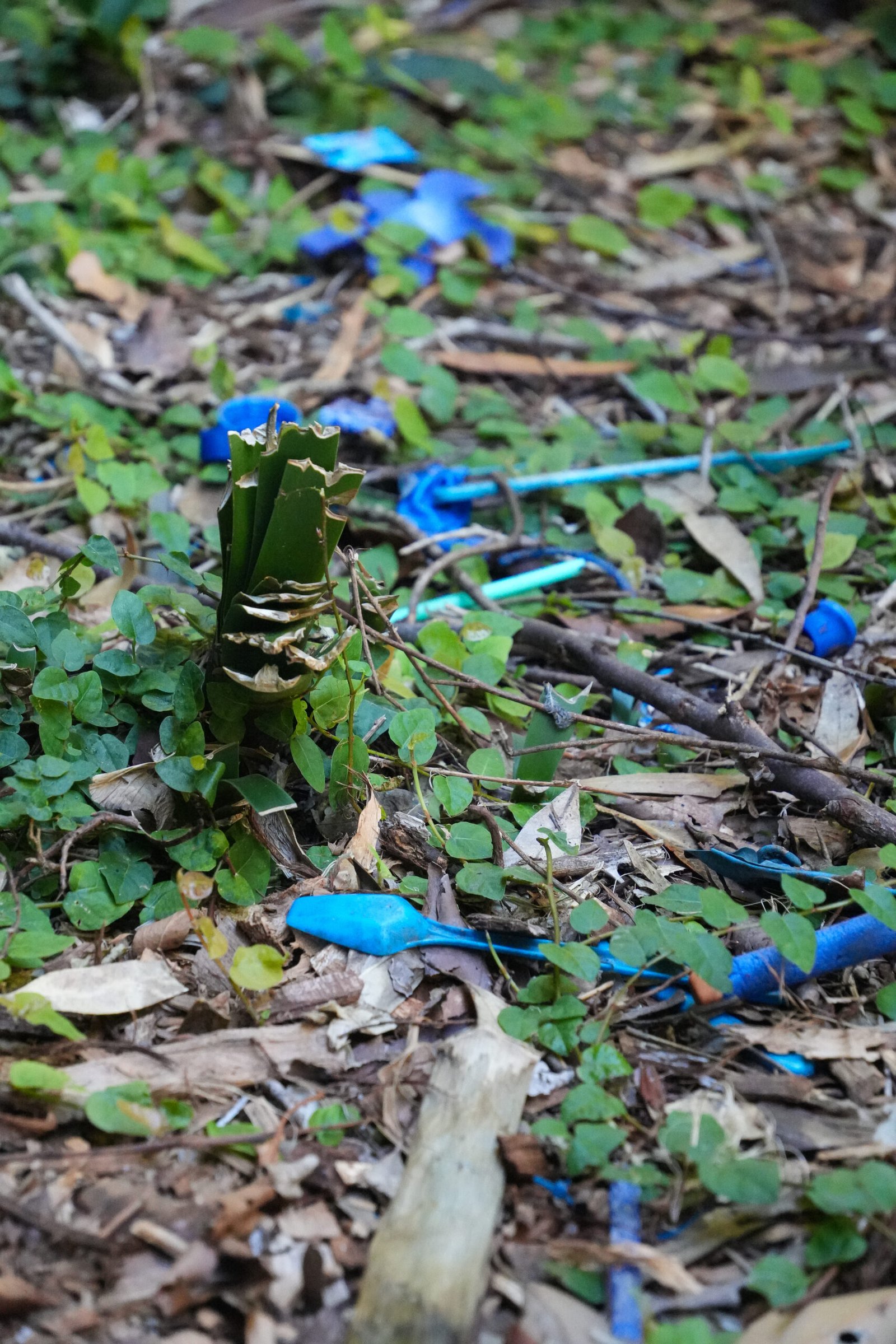
I’ve photographed the male Satin Bowerbird that once ruled here a number of times. I miss his energy and enterprise. The blue plastic scatter flag the remains of his last bower, close to the gates, destroyed by brush turkeys six months ago. Ecoprocesses grow and decline.
Tendons string up the tattered flags of dead Lotus leaves. No sign of the dragons.
The plastic fish appear glued into a plastic medium. The surface researches what the wind has blown in. Dust and debris
My self-portrait is being rinsed, I look like a yellow-ochre amoeba, a distant relative.
Yurrun.Ga
The line of rocks demarcating the Bellingen and Kalang are filled with a hundred cormorants. When one flies off, they all follow, from FOMO – fear of missing out perhaps. The Silver Gulls hurry after them and they all land in the water.
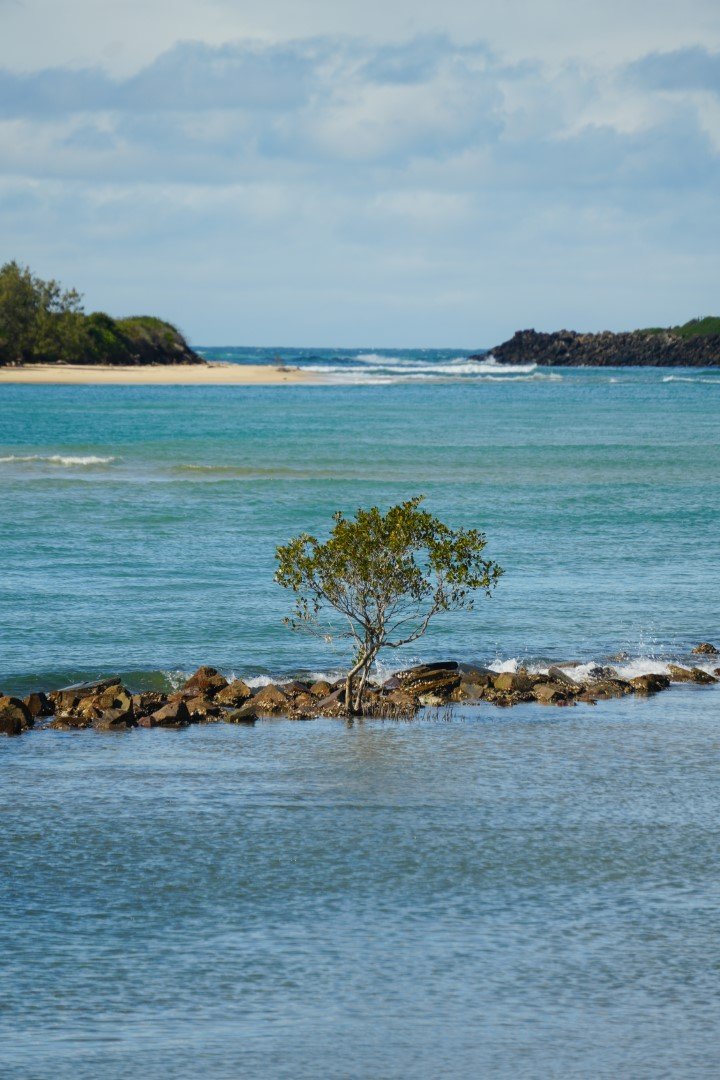
A pioneer mangrove faces the dangerous mouth from a safe distance, but life is not safe. Photographs were influenced by the tradition of landscape paintings, shared visual icons conscious and subconscious, as much as nature.
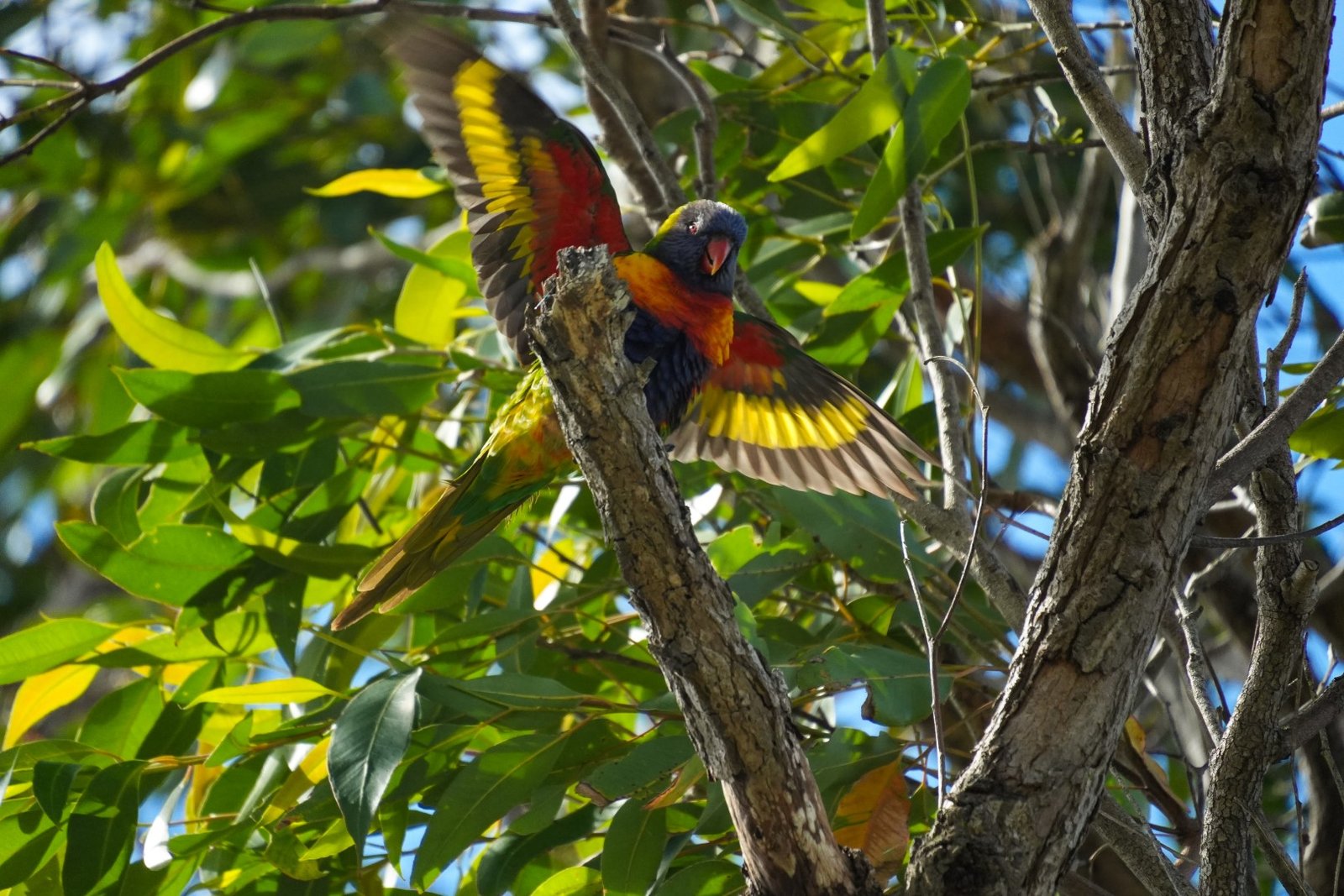
After the sparkling blue Kalang, and before the last of the Alpha Capricornids, a squawking Rainbow overhead spreads her wings. The cascade of naked colours is a sign Jan van Eyck might have visited for inspiration – how to paint the wings of Angel of The Annunciation (a back panel of the Ghent Altarpiece).
It is a vision of love, somehow. A love of what evolution can produce.
‘We can be ethical only in relation to something we can see, feel, understand, love, or otherwise have faith in.’[v] Aldo Leopold wrote in 1949, at a time of political turmoil. The world was worried as the Cold War intensified with the formation of NATO, the Soviet Union’s first atomic bomb test, and Germany’s division. The Chinese Communist Party established the People’s Republic of China, South Africa introduced apartheid, and Indonesia seized Yogyakarta from the Dutch.
There was little interest in Aldo Leopold’s land ethic or the broader environment at this time. Not until a decade later did scientists begin to voice concerns about global warming.[vi]
[i] Timothy Redinger, ‘The World, Waiting for a Sign’, Dec 24, 2020. https://knightsofstjohn.com/the-world-waiting-for-a-sign/ ‘People are always looking for a sign. Just recently Saturn and Jupiter were close enough to create an astronomical spectacle not seen by human eyes in 800 years. Many are calling it the Star of Bethlehem.’
[ii] Aubrey Manning presented BBC TV’s Earth Story. Quote from, ‘What is ‘Natural’? New Scientist debate, 16 April, 2002. Royal Institution London. http://www.newscientist.com/hottopics/sciencedebates/article.jsp?debate=1
[iii] The poet Ted Hughes read Rachel Carson’s ‘Silent Spring’ when first published in 1962 and was deeply influenced. Seven years later, Hughes and friends launched ‘Your Environment’, Britain’s first environmental magazine. In the 1980s, he was writing elegies for species on extinction’s verge. He became heavily involved in green issues, particularly river health. He read up on the literature, lobbied politicians, became a patron of wildlife charities and sat on a committee for the National Rivers Authority. Yvonne Reddick, Ted Hughes: Environmentalist and Ecopoet, Palgrave Macmillan, 2017.
[iv] Gary Snyder, ‘Writers and the War Against Nature’, Resurgence & Ecologist, Issue 239, Nov/Dec 2006. In Jeffrey Bilbro, ‘Helping People Love the World: An Interview with Gary Snyder’, Interdisciplinary Studies in Literature and Environment, 2011, p439.
[v] Aldo Leopold, A Sand County Almanac, (1949) Random House, 1986, p251.
[vi] In 1896, the Swedish scientist, Svante Arrhenius, predicted that changes in atmospheric carbon dioxide could significantly alter global surface temperatures.
